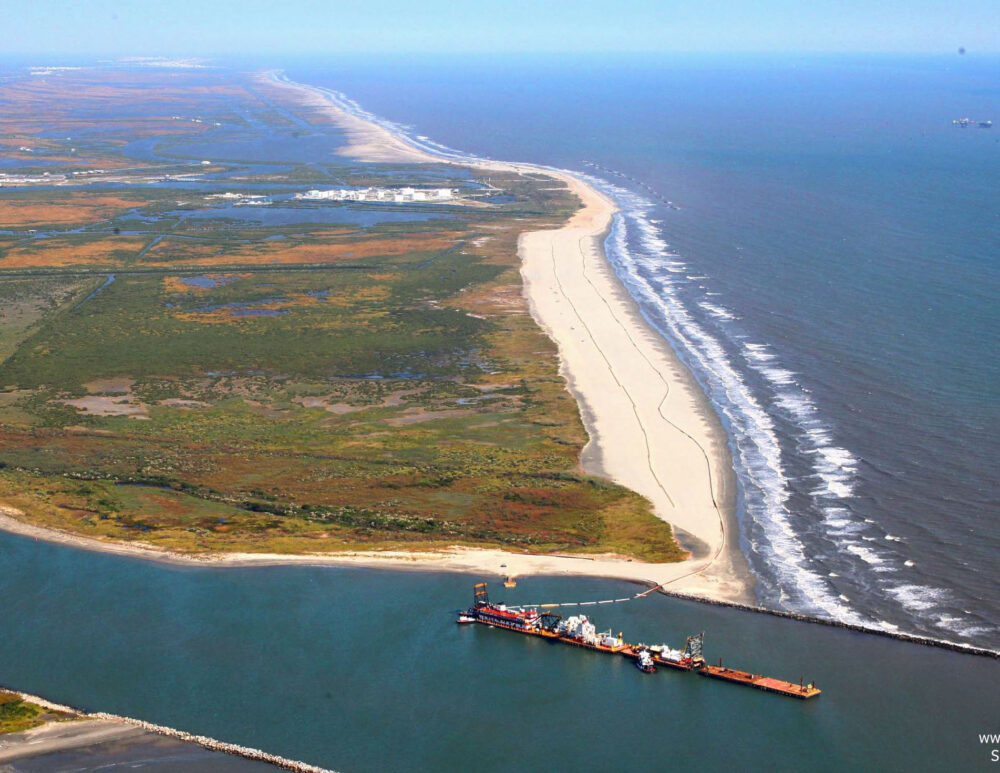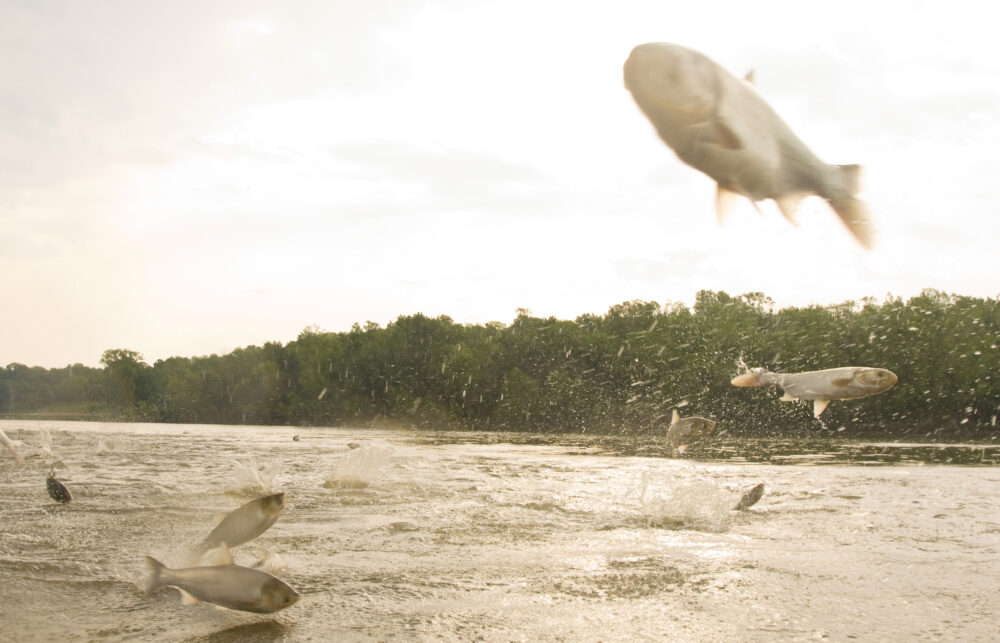We have much more to do and your continued support is needed now more than ever.
Gardening in a Changing Climate
“Geesh, my tomatoes are ready early,” exclaimed a woman in my aerobics class as she showed me tomato photos with the same enthusiasm as a grandmother showing photos of her grandchildren.
Later on she sighed and said, “With the ease of growing tomatoes also comes the difficulty of keeping my wildflowers from blooming early…my garden sure is changing.”
Climate change is changing the landscape, as it were. Changing temperature and precipitation patterns alter the types of plant species that can survive in a given region.
To enhance awareness on the effects of climate change on America’s gardens, landscapes and other green spaces, the American Public Garden Association (APGA) and the National Oceanic and Atmospheric Administration (NOAA) are partnering to launch “A Changing Climate is Changing Plants” project. The project will provide visual information to visitors of public gardens that help identify which plant species will best survive in changing conditions.

APGA’s gardens receive over 70 million visitors every year.
This is a special opportunity for NOAA to connect with gardeners and communities across the nation to help everyone better understand what changes in local climate mean for the plants, trees and landscaped areas around them. – NOAA Administrator Dr. Jane Lubchenco
There is telling evidence that climate change is affecting plant life around the world and at Longwood Gardens. For example, we have observed that plants are flowering earlier on average 1 day per decade over the last 150 years. -Longwood Gardens Director Paul Redman
Information from the project will also help planners, landscapers and farmers adapt their land to changes in climate.
National Wildlife Federation also helps gardeners plan for change. Learn more about gardening for wildlife, and gardening in a changing climate.




















